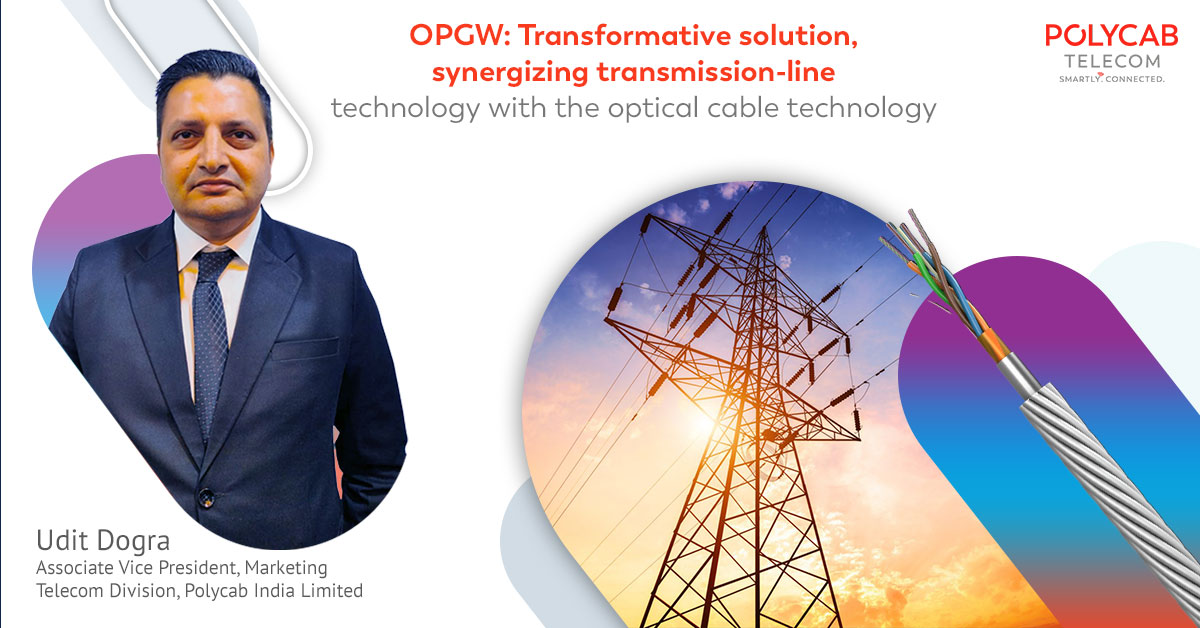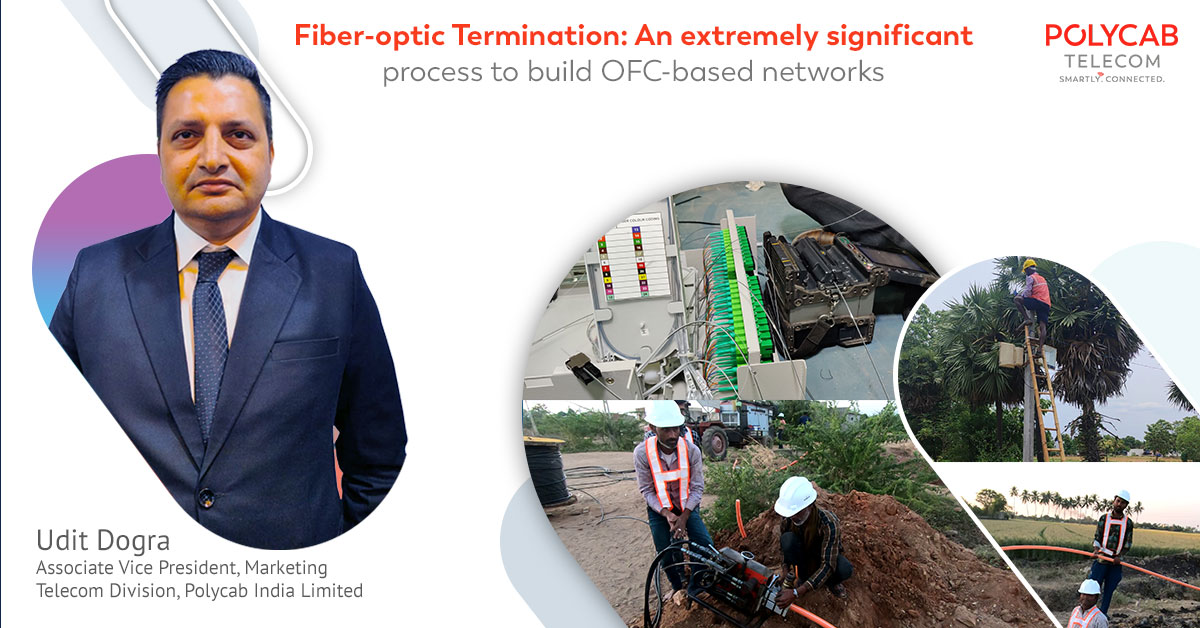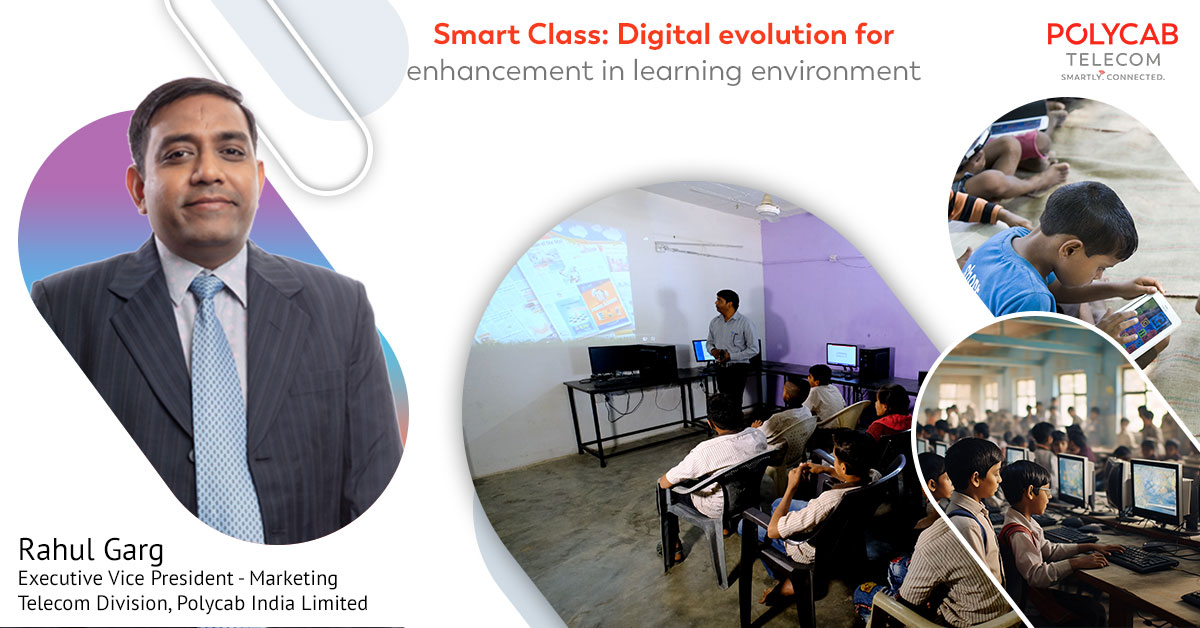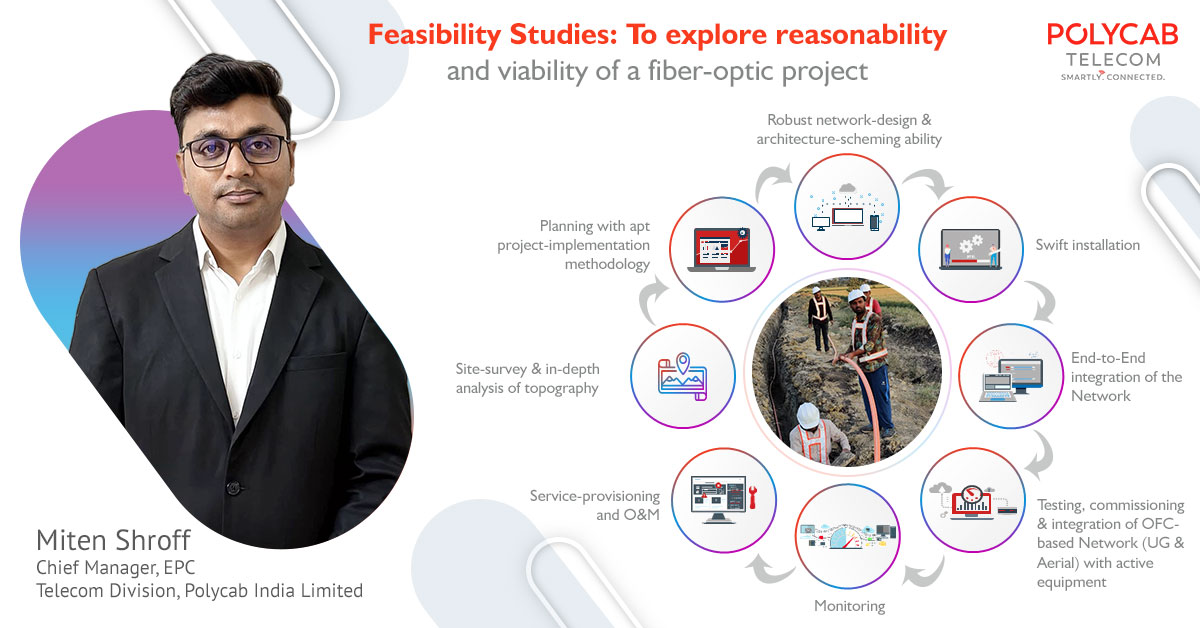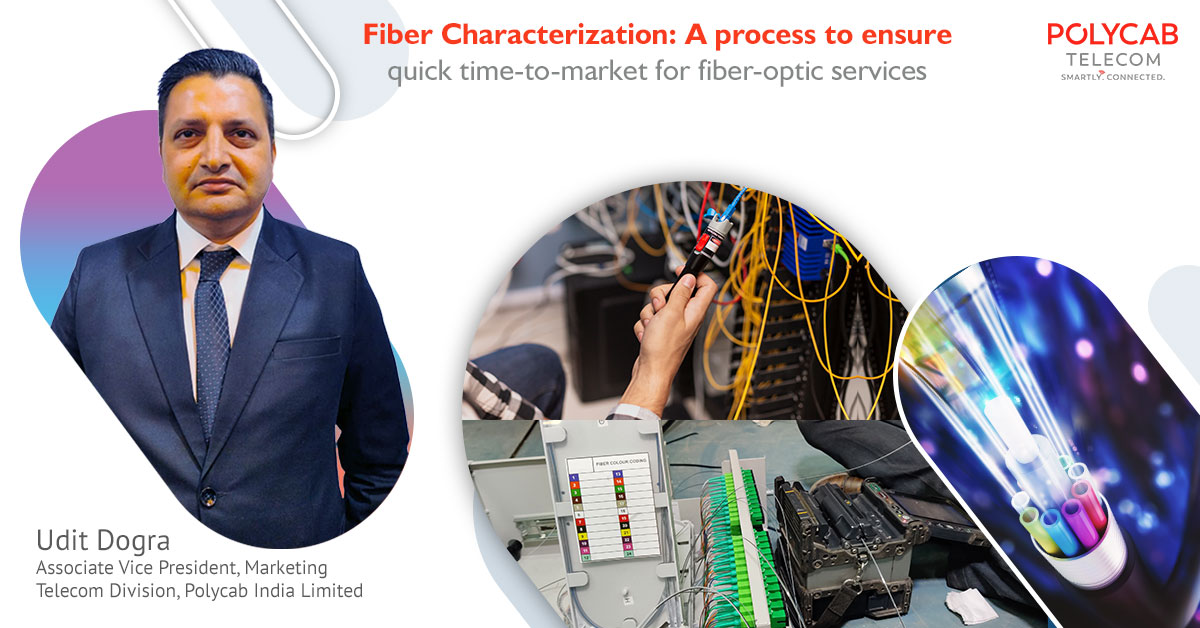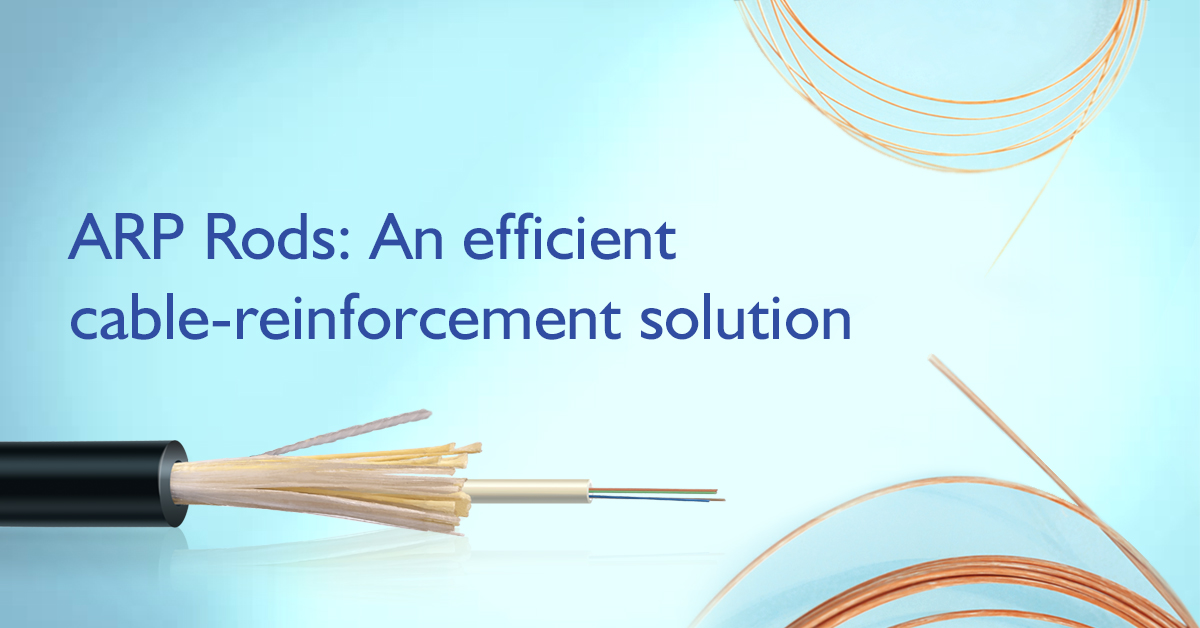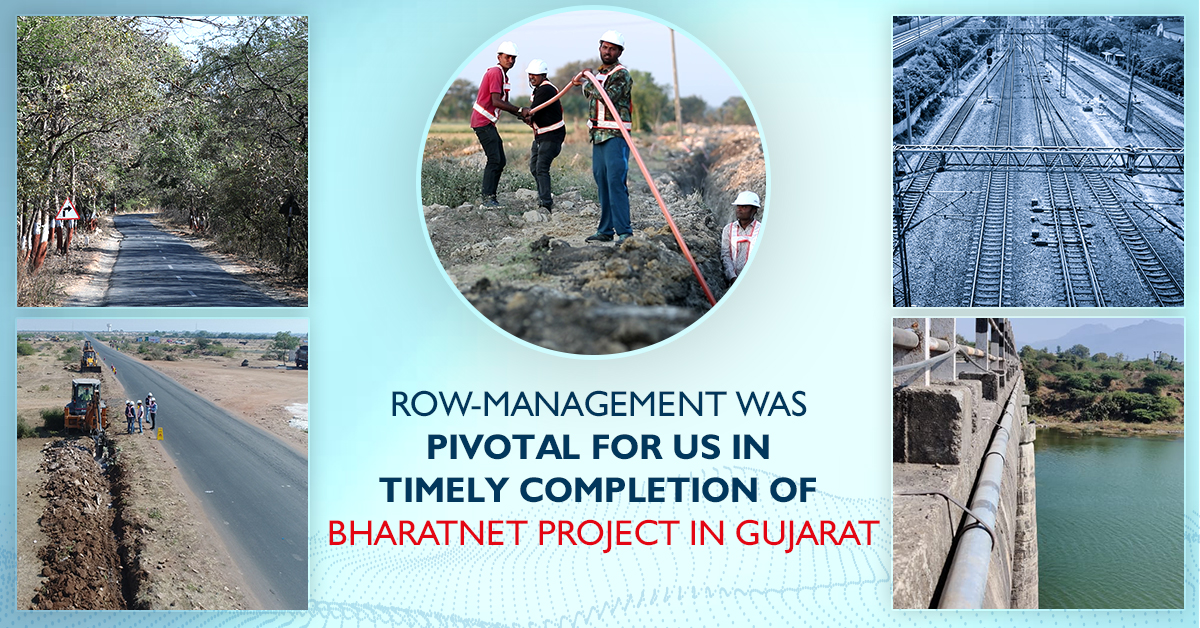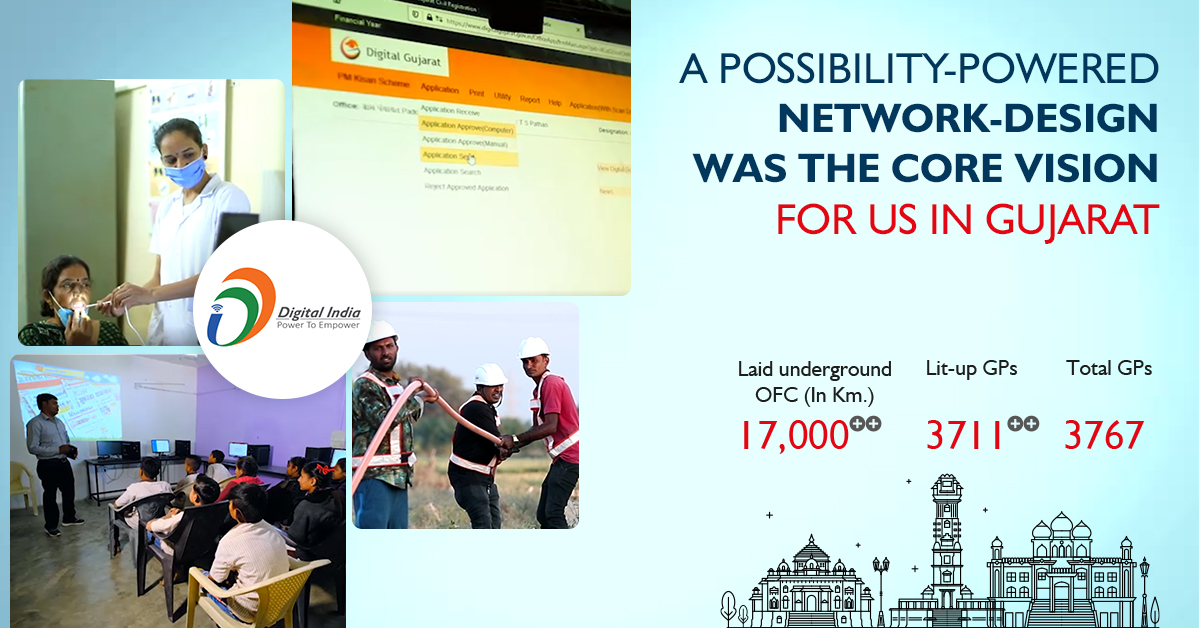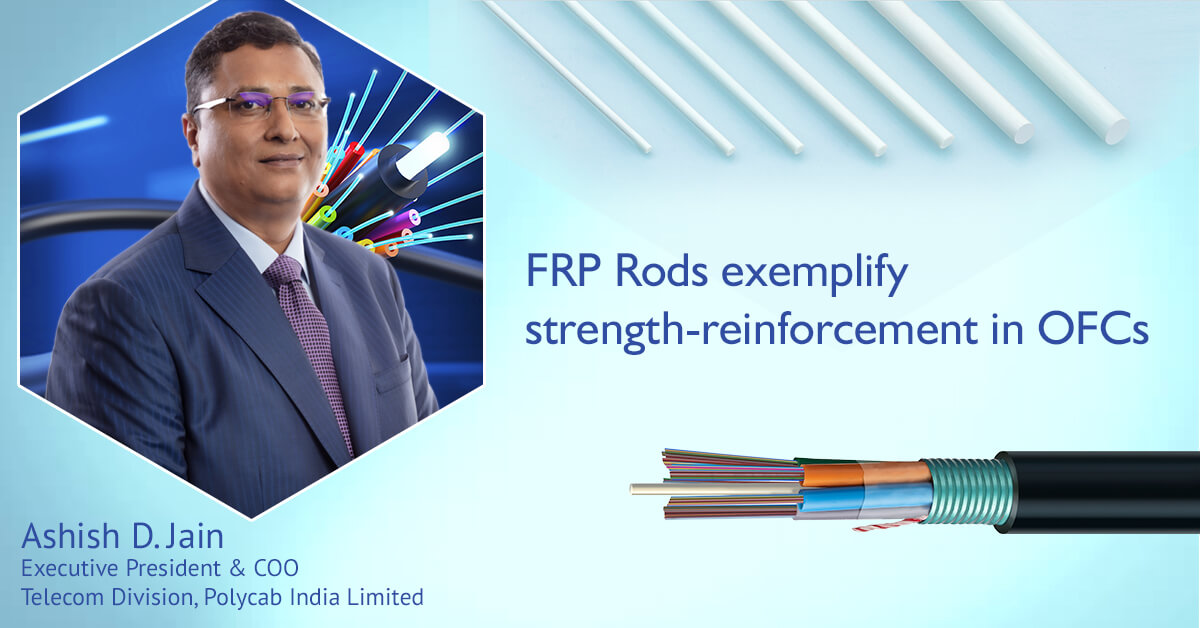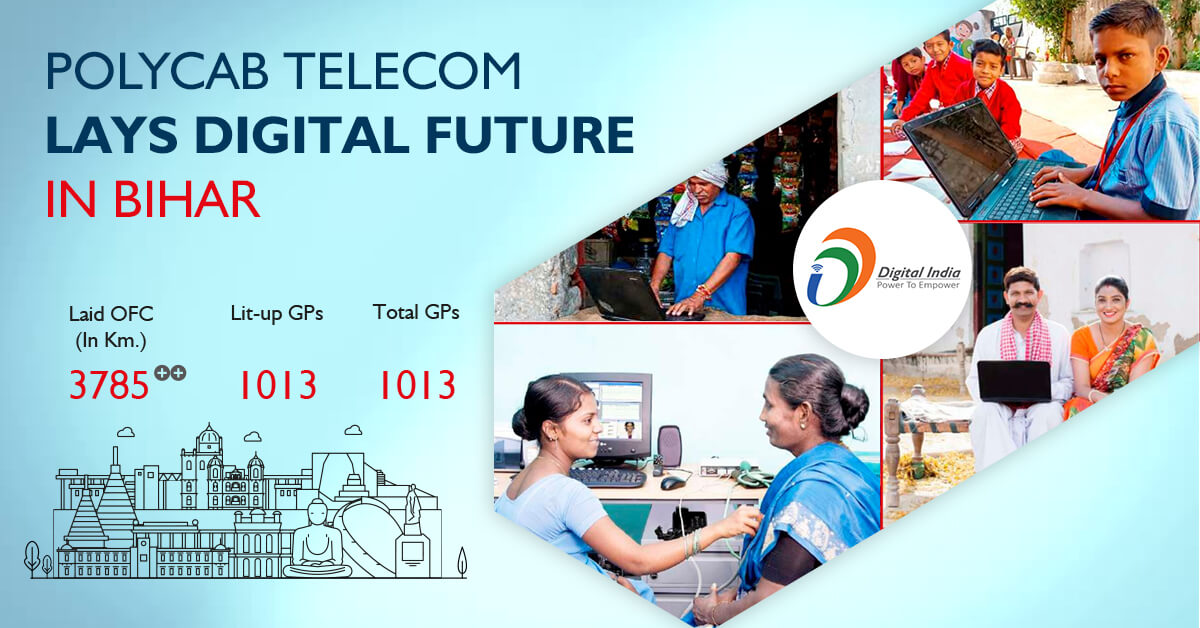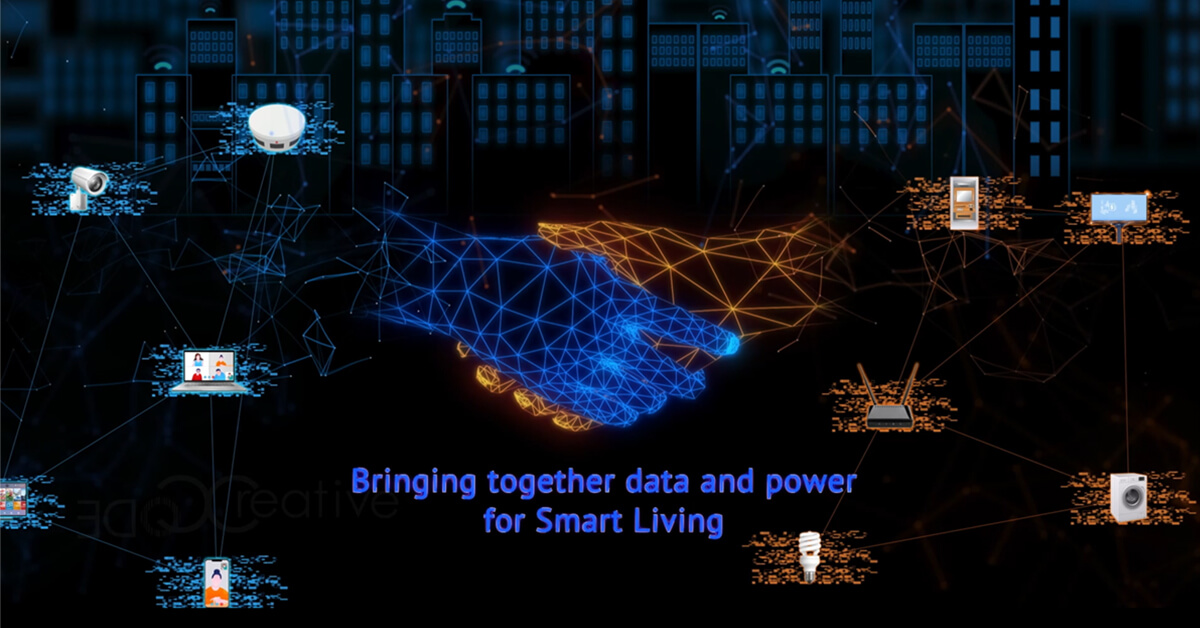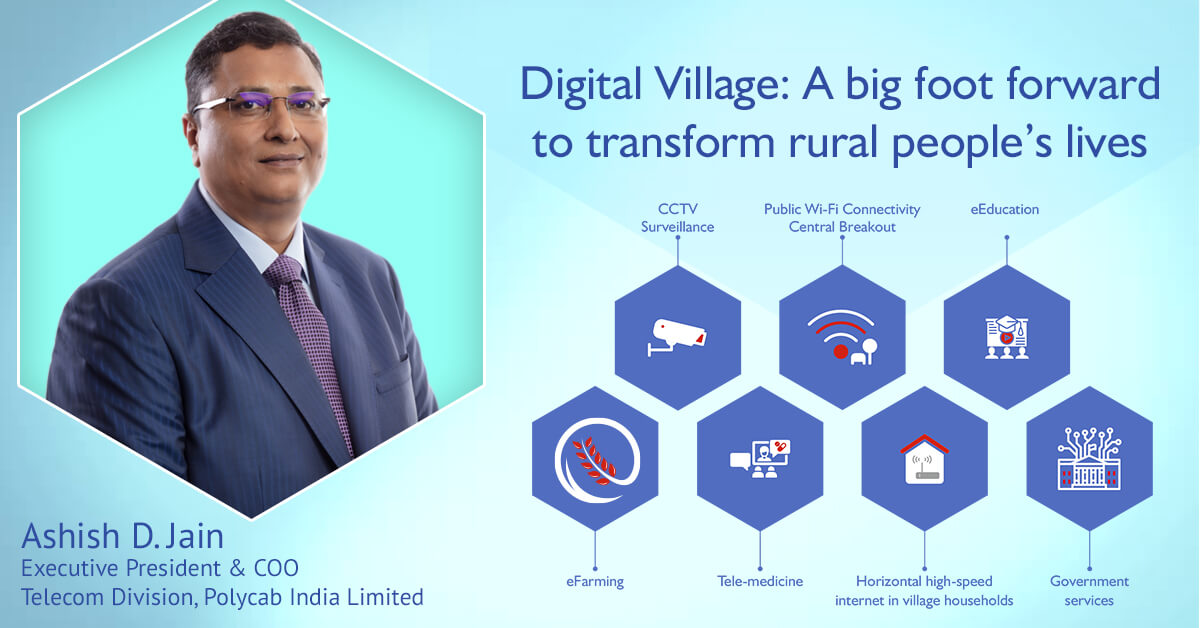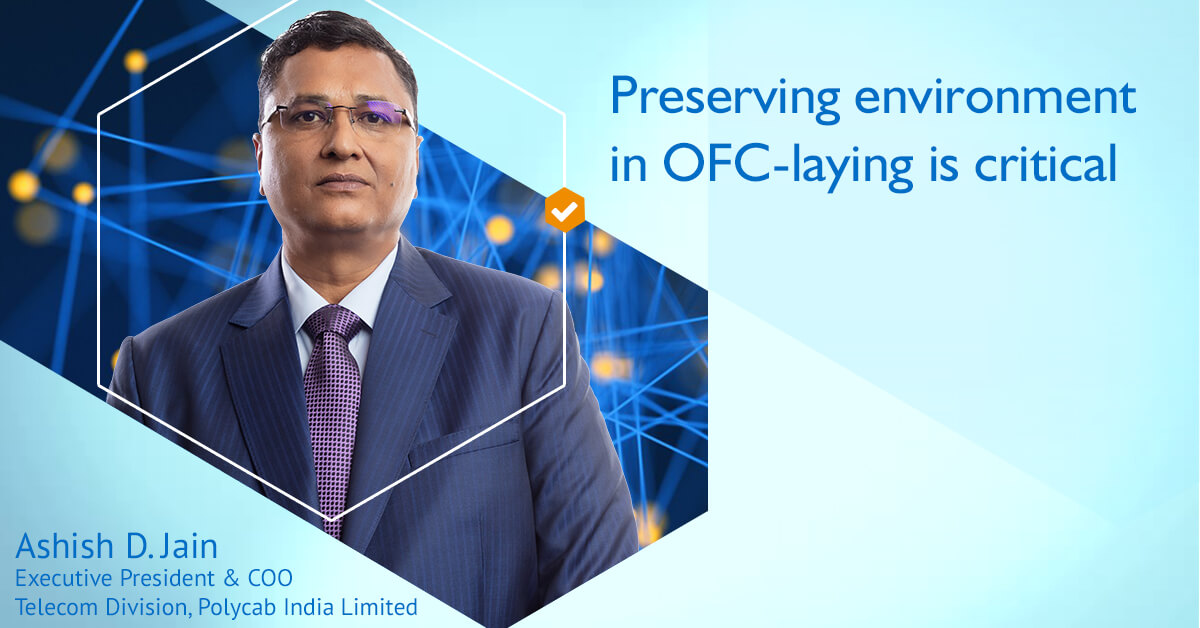As non-metallic composites, Aramid Reinforcement Plastic (ARP) Rods are designed and used as strength members in fiber-optics. The entire concept of having cable-reinforcement-solutions hinges on providing optical fibers in the cables with protection against mechanical stresses, which is instrumental to have optimal performance from them. ARP Rods work as truly efficient cable-reinforcement-solutions, that are usually fitted at the centre or in the periphery of the cables.
Row-Management was Pivotal for us in Timely Completion of Bharatnet Project in Gujarat
June 16, 2022by admin
RoW-management is integral in the deployment of optical infrastructure and can have direct consequences in the implementation-timelines. After being entrusted with the responsibility of a Project Implementing Agency (PIA) in phase 2 of the BharatNet project for Saurashtra-region in Gujarat, Polycab Telecom went on to complete the assignment with an efficient RoW approval process in the core.
Smart Cities are here. Urban infrastructural facilities and management systems are going to be smarter by the day. AI-applications are being explored to enhance the management and efficiency of urban arrangements. Systems can be AI-programmed to discover patterns, make accurate calculations, derive decisions and subsequently, execute actions with speed and precision.
Polycab Telecom, as a consortium-partner with GTPL, was awarded Package B (Saurashtra-region) in Phase-II of BharatNet, world’s largest rural broadband project, to lay 17,000* kms of underground OFCs to connect 3767* Gram Panchayats (GPs) in 65 Blocks across 10 districts of Gujarat, including their Operation and Maintenance (O&M) for 7 years.
Fibre Reinforced Polymer or Fibre Reinforced Plastic is a composite material, made of a polymer-matrix reinforced with fibres. FRP-empowered Optical Fibre Cables (OFCs) and their optimal application within networks represent a big step in standardization of optical communications technology. As a robust and cost-effective cable-reinforcement solution, FRP Rods have many value-adding features.
BharatNet, with its ambitious aim to provide last-mile digital connectivity through the OFCs in more than 2.5 lakh Gram Panchayats (GPs) in India, has come a long way to facilitate Digital India-journey. Bihar, following the Public Sector-led model of BharatNet Phase-II, was divided into 3 Packages under the project. Polycab Telecom was awarded Bihar Package 3 (B3) to design and build the Digital Highway with Optical Fibres and maintain it for 6 years.
How 5G will accelerate innovation
June 15, 2022by admin
When 5G truly becomes ubiquitous, it will herald a new era. It will enable innovative use cases that have been not been possible today due to limited bandwidth. 5G will completely change the way we have thought of connectivity, and will create new possibilities that will be limited only by imagination. With data transfer rates...
We’re living in exciting times, wherein paradigm-disrupting technologies are emerging with regularity. Connectivity is undergoing evolutionary changes, with many possibilities, some of them still unthought-of, are hanging on horizon. Digital intelligence is going to be integral in powered products to add functionality and value to them. Smarter Future, rides on instant connectivity and unification of data and power.
Smart connectivity has become one of the key pillars of modern life today. As elsewhere, rural people of our country have also started to feel the digital dawn in their ecosystems. As India is on its journey to achieve the ambitious target of becoming a trillion-dollar digital economy by 2025, digital empowerment of rural people will go a long way in connecting the unconnected & underserved in economy.
Undeniably fibre-optics technology carries the promise of a flexible, scalable and full-service network platform, enabling the service-providers to transmit massive amounts of information at record-breaking speeds, with minimal interference. But laying of optical-fibre cables comprises processes and procedures which, when not strictly adhered to, could be a potential threat for the environment.

